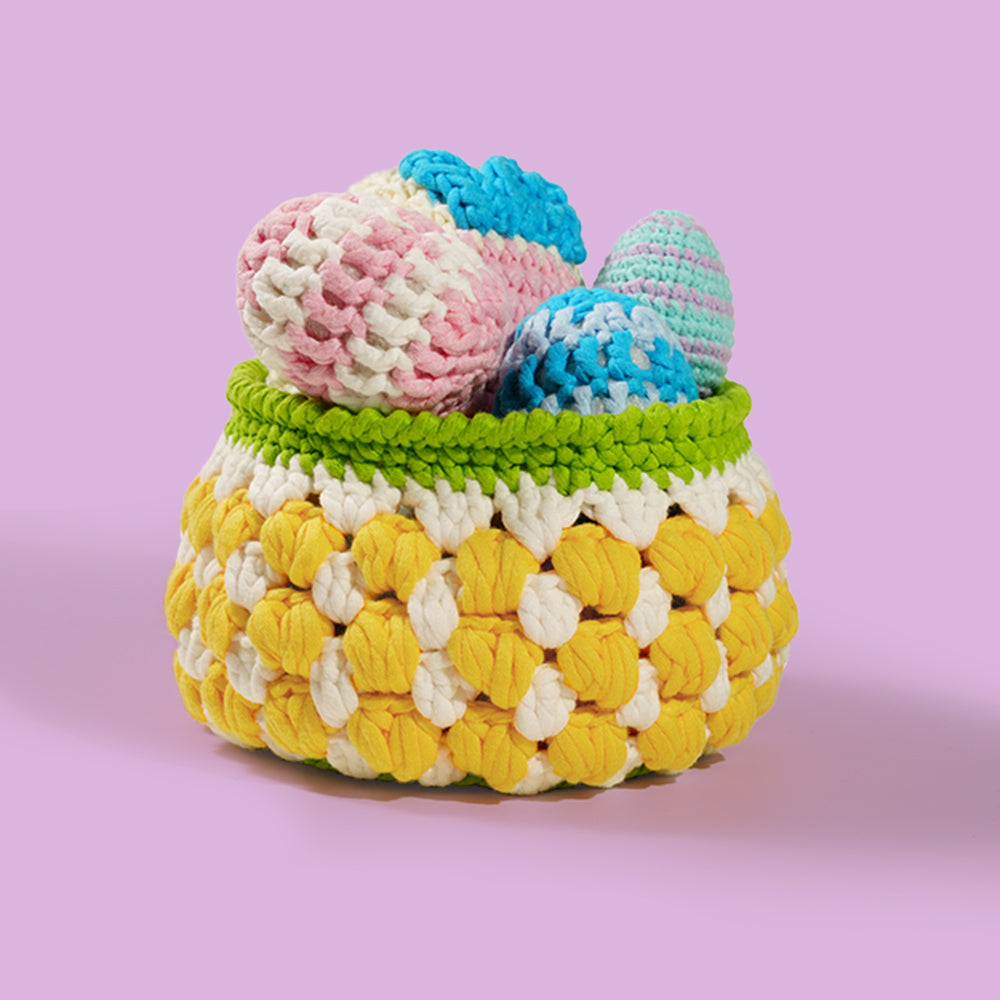Detailed Process for Making a Crochet Beach Cover-Up
1. Materials & Tools
Before you get started, gather the following supplies:
-
Yarn: A breathable, lightweight yarn is ideal; 100% cotton or cotton blends work well. Check your pattern’s recommended yardage (usually 5–8 skeins depending on the size).
-
Crochet Hook: Use the hook size suggested by your gauge swatch (typically a 5–5.5 mm hook for medium-weight yarn).
-
Scissors & Tapestry Needle: For cutting yarn and sewing panels together.
-
Stitch Markers: To help you keep track of your stitch counts and pattern repeats.
-
Measuring Tape: For ensuring your work meets the intended dimensions.

2. Making the Individual Panels
Your cover-up is typically created from two identical rectangular panels (front and back). Here’s how to make one panel:
Step 2.1: Foundation and Gauge Swatch
-
Foundation Chain: Start by creating a foundation chain that is a multiple of your pattern’s repeat cycle (e.g., 200 chains). Always create a small swatch first to verify your gauge (for instance, 9 treble crochet stitches over 4 inches).
-
Diagram Insight: For a visual reference, check out the detailed photo tutorials and diagram on Jenny and Teddy’s website. Their step-by-step images show the foundation chain and gauge swatch clearly.
Step 2.2: Work the Rows
-
Row 1: Begin in the fourth chain from your hook (the turning chain counts as your first stitch of the next row). Work a row of your chosen stitch (double crochet, for example) across the chain. At the end of the row, chain 3 and turn.
-
Row 2 Onward: Alternate your pattern rows. For instance, you may create a pattern by alternating a row of “DC in each stitch” with a row that introduces chain spaces (e.g., chain 2, skip next 2 stitches, DC in the following 2 stitches). Repeat the pattern for the required number of rows.
-
Repeats: Work the repeat until the rectangular panel reaches the desired height (for example, 56 inches for a typical beach cover-up). Use your stitch markers to count repeat cycles.
Step 2.3: Incorporate Shaping
-
Edge Rows: In some variations, you might add decorative edge rows. For instance, alternate rows of double crochet with rows where you insert extra chain spaces at the beginning or end. This creates an open, lacy effect that enhances the breathable quality of the cover-up.
-
Diagram Reference: Refer to the diagram on Handy Little Me’s pattern page for visual instructions on how to integrate these shaping rows. Their online PDF and photos illustrate how the pattern’s borders should be worked.
3. Assembly of Panels
Once you have completed two identical panels (front and back):
Step 3.1: Alignment
-
Orienting Panels: Lay the panels side by side with the “wrong sides” facing each other (the side with the last row of stitches), so the “right side” of your work faces outward. The foundation chain edges will form the outer sides.
Step 3.2: Sewing Panels Together
-
Seaming: Using your tapestry needle and yarn, seam the panels together along the center (from the bottom up to where the armholes will be). You can use the mattress stitch for a nearly invisible seam.
-
Marking Measurements: Follow specific length instructions (for instance, seaming up 24 inches from the bottom) to create the proper outline for the back of the cover-up.
Step 3.3: Creating Armholes and Neckline
-
Armhole Formation: Fold the top half downward and measure from the bottom seam to determine where the armholes will be cut or sewn. Typically, you might sew along the sides starting 17 inches from the bottom to form the armhole curves.
-
Neckline: After shaping the armholes, work a neat edging (a row of double crochet) along the neckline to finish the inside edge.
4. Final Touches
-
Edging: Add a border of double crochet (or your favorite stitch) around the top edge of your cover-up for a refined look. This not only secures raw edges but can also add a stylish contrast.
-
Weaving In Ends: Use your tapestry needle to weave in all loose ends neatly so that your finished cover-up appears smooth and professional.
